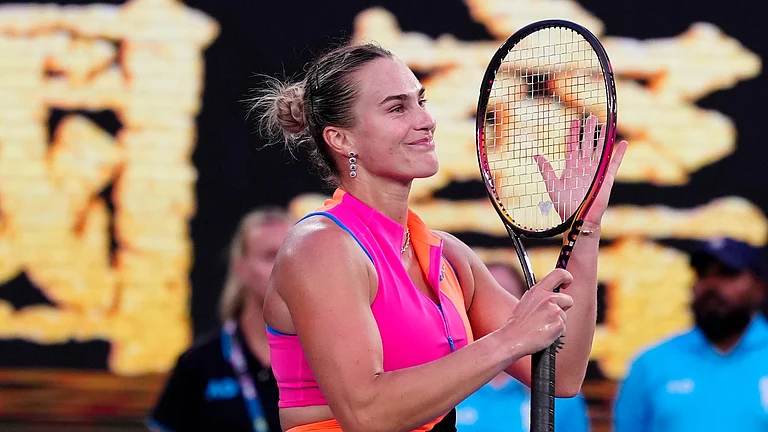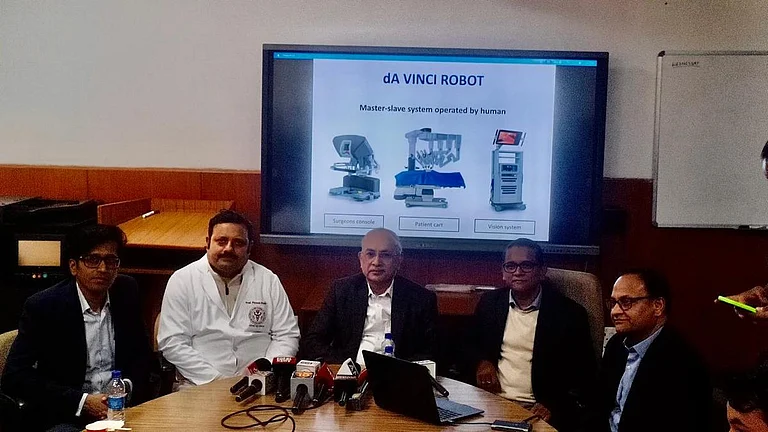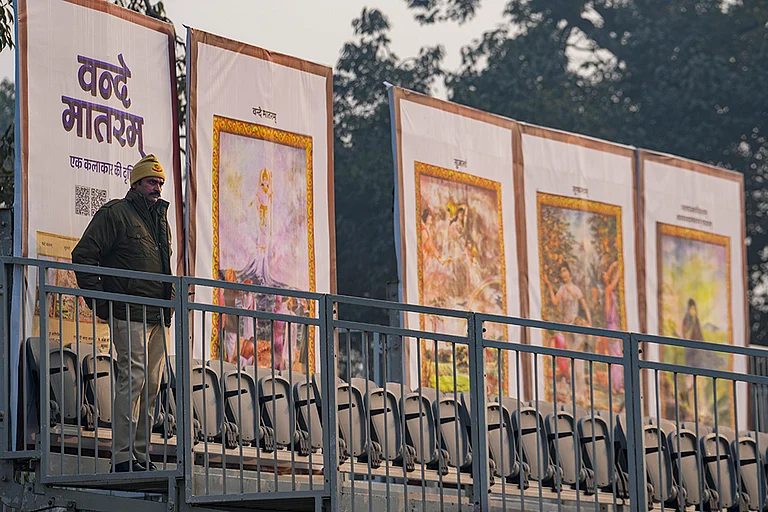The trends in recent elections—whether to the assemblies, local bodies or in byelections—have clearly indicated a decline in the popularity of the Congress. The prime minister’s leadership in government is seen as uninspiring. The management of the economy is the single greatest failure of UPA-II; corruption scandals have added to that, reducing the credibility of the party in power. When in difficulty, the Congress is in the habit of turning to its first family. Parties which are a crowd around a family suffer from one major handicap. When a particular generation of the family is incapable of delivering, the party correspondingly collapses. All this must worry the Congress, in relation to the next general election.
At the same time, the regional parties have become increasingly assertive. Trends indicate that they will constitute a significant section of India’s next parliament. This has also given rise to a speculative debate whether the usual Third Front, this time disguised as a Federal Front, will emerge as a powerful claimant to power. Some have even asked whether the national parties could now be the supporting entities instead of the leading players.
The age of tall majorities by a single party appears to be now over. That by no means is a reason to suggest that the role of national parties in providing a government is going to decline. The natural ability of the Congress to get a big majority on its own in the first four decades ended in the 1990s. In 1996, 1998 and 1999, it was the BJP which was the single largest party. In 2004, the Congress had a meagre seven-seat lead over the BJP. That lead increased significantly in 2009 due to better alliances in the states and a popular desire for political stability.
But since 2009, the UPA provided an ineffective government. So the principal political party occupying the non-Congress space in every state has been a natural beneficiary in recent elections. There are no indications so far that this trend will be reversed. The number of Congress seats in the next Lok Sabha could be shockingly low.
The Third Front formula has been tried thrice so far. On each occasion, the Congress provided support to make Charan Singh, Chandra Shekhar, and the United Front’s H.D. Deve Gowda and I.K. Gujral. None of them completed even a year in office. The Congress was using them as a stop-gap arrangement and then bidding for elections at a time they saw as beneficial to them. The very idea of a third front, by whatever name, is a failed idea.
The core of the third front idea conventionally has been the Left and the Samajwadi Party. Both at the time of the vote of confidence during the 2008 nuclear debate and recently the presidential election, the Samajwadi Party succumbed to the Congress because its leader faced corruption cases. The corrupt are vulnerable and can be tackled easily; the Congress has shown this in its management of the Samajwadi Party and the BSP. The honest can be more defiant. The Trinamool Congress’s defiance is a case in point. The vulnerability of the Samajwadi Party has dealt a severe blow to the very idea of a third front.
The Left is now in a dilemma. Its political base has not expanded beyond a few states. In Kerala, it alternately exchanges government with the Congress. For three decades, there was no alternative in West Bengal. With the seats it won in West Bengal, the Left had a significant presence in Parliament. But now, there’s an effective alternative. So where the Left sits in Parliament will depend on where the Trinamool Congress stands. Hence the capacity of the Samajwadi Party and the Left to anchor the third front has been reduced.
The BSP is yet to open its cards. The Supreme Court has quashed the probe against its leader Mayawati on highly questionable and technical grounds. The jury is still out on whether the BSP will be eternally grateful to the Congress or is it now free from the clutches of the Congress. The answer to this question is still not known.
Most regional parties have been part of coalitions. They have matured as national players. The common thread that runs through many regional parties is that their political battle in the states is with the Congress. For them to support the Congress or to depend on the Congress can shrink their own base in the future. And even at the peak of their success, they can get a significant number of seats, but only in one state and I can hardly see any of them crossing 30 seats. They hold the balance of power and can decide as to who rules. But there are many regional players that cannot be on the same side. The DMK and AIADMK, the TDP and the YSR Congress, the Samajwadi Party and the BSP would normally not be on the same side. In the regional block, all of them cannot sit on the same table at the same time. At best, some of them can. With the Samajwadi Party and the Left unsure of where they would sit in the future, the internal contradictions between regional parties gets highlighted. Since none of these parties has the ability to win seats in multiple states, the idea of the regional players marginalising national parties for a claim to power at the centre is a flawed one.
Trends indicating the decline of the Congress and the dilution of the Opposition credentials of some regional players leads to the inevitable conclusion that the alternative can only be the NDA. For us in the NDA, Atalji’s management of the alliance in 1996 to 1998 is a lesson to be learnt. Within 18 months, a three-party NDA evolved into a 24-party coalition. The NDA today has an important historic role to play as an alternative to a failed UPA. The NDA has to make itself flexible to accommodate traditional non-Congress players from various regions. India lives in an era of coalition politics. The nucleus of the coalition necessarily has to be a large player.
(The writer, a Bharatiya Janata Party MP, is the Leader of the Opposition in the Rajya Sabha.)

























